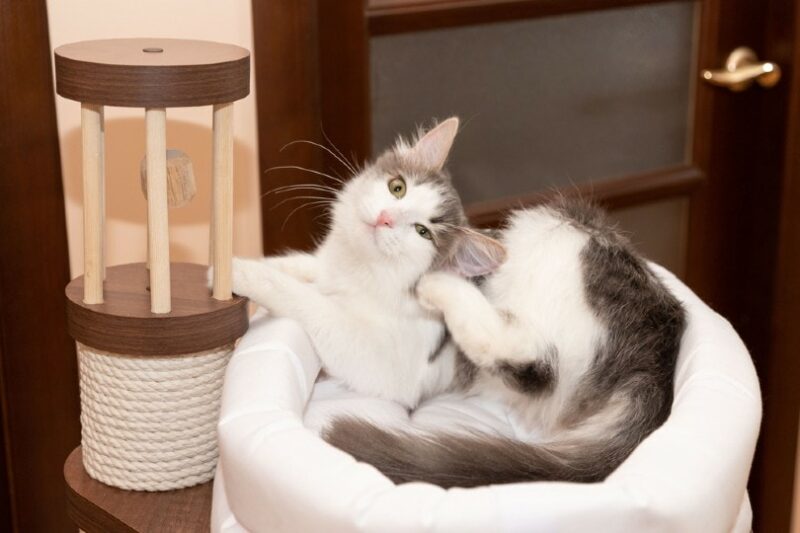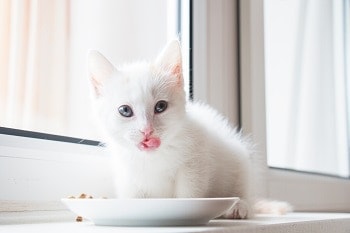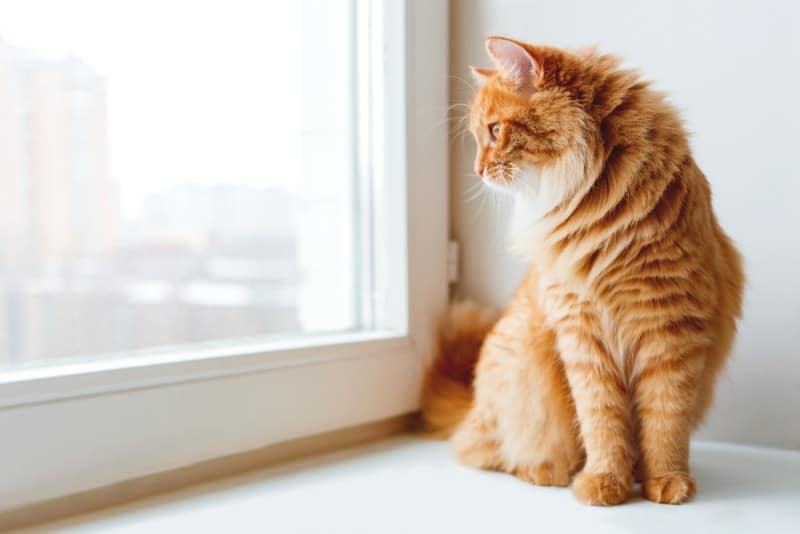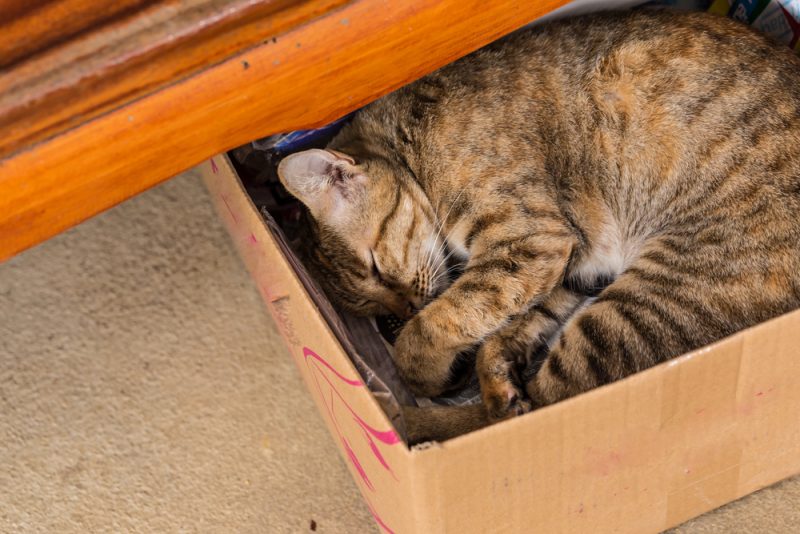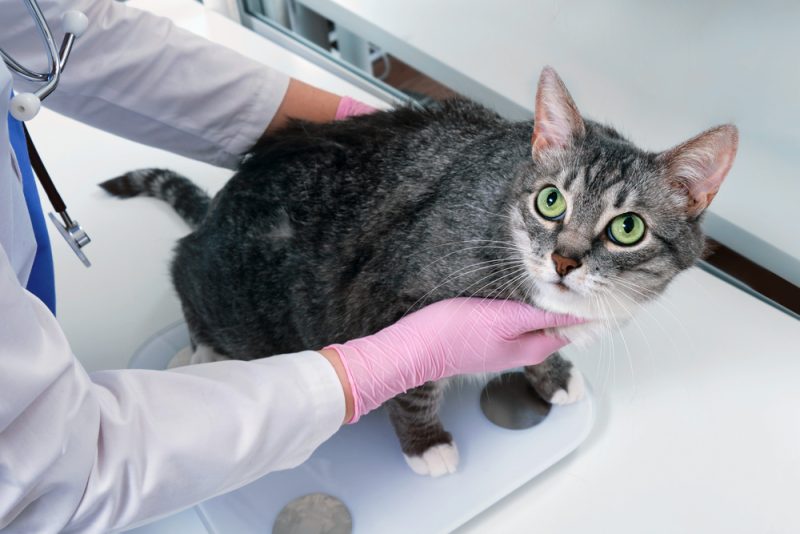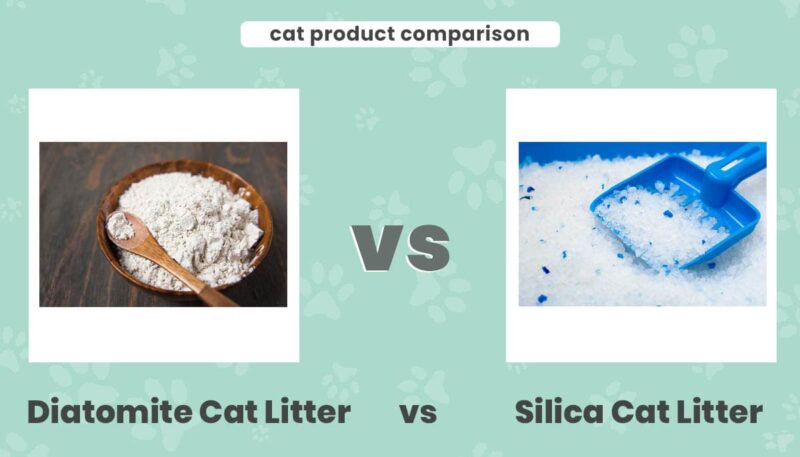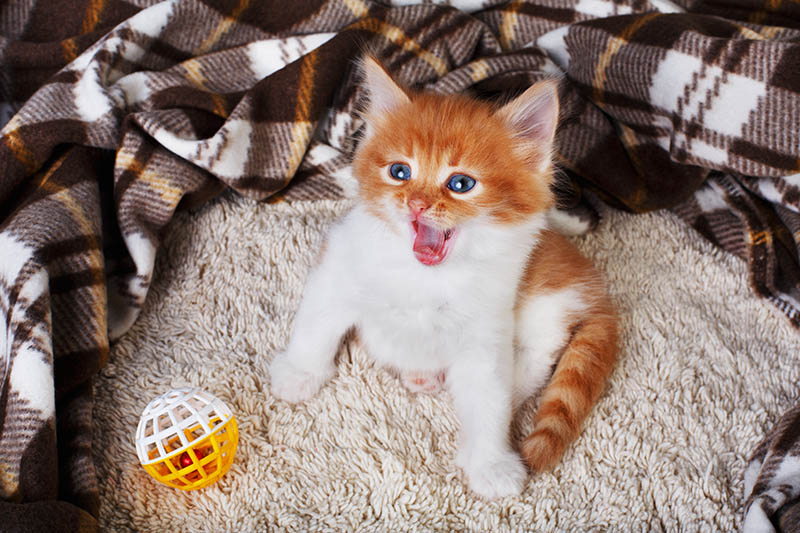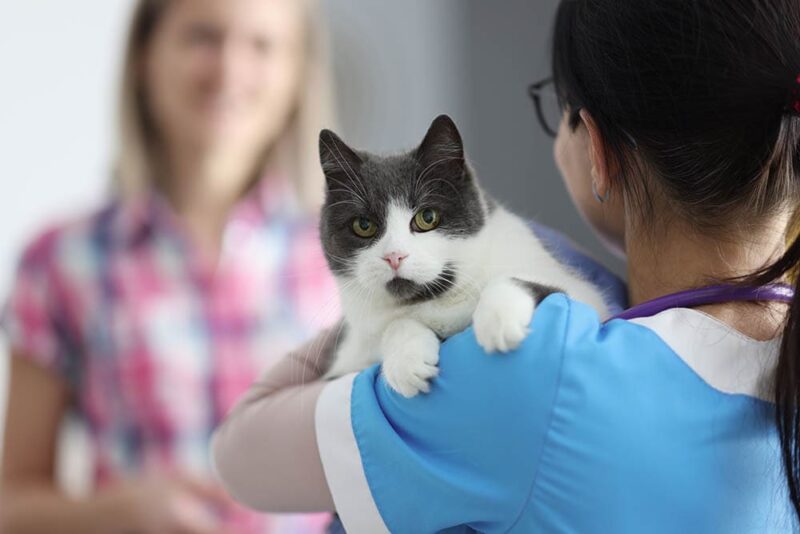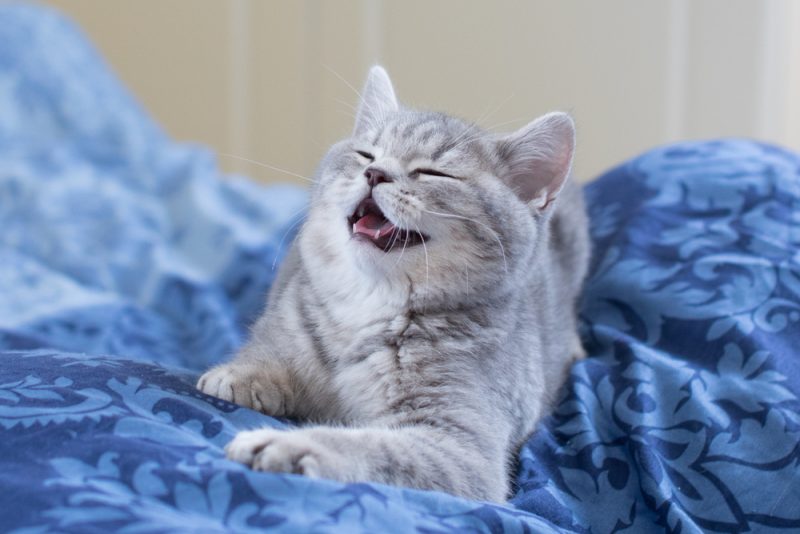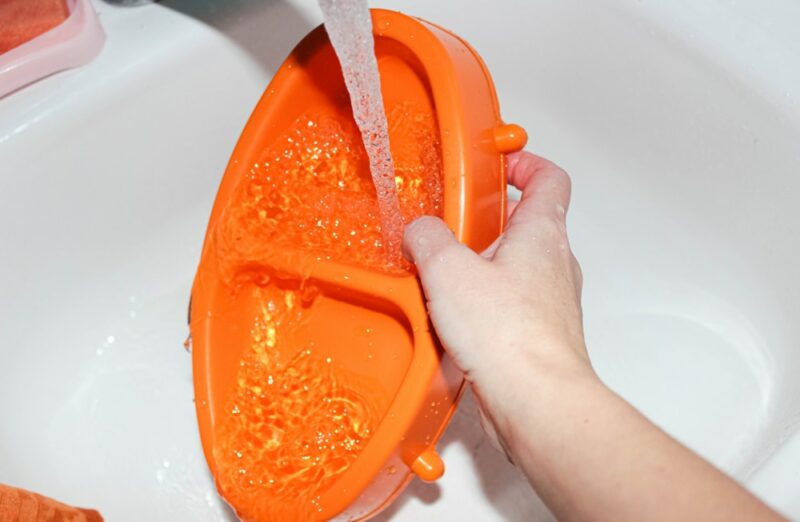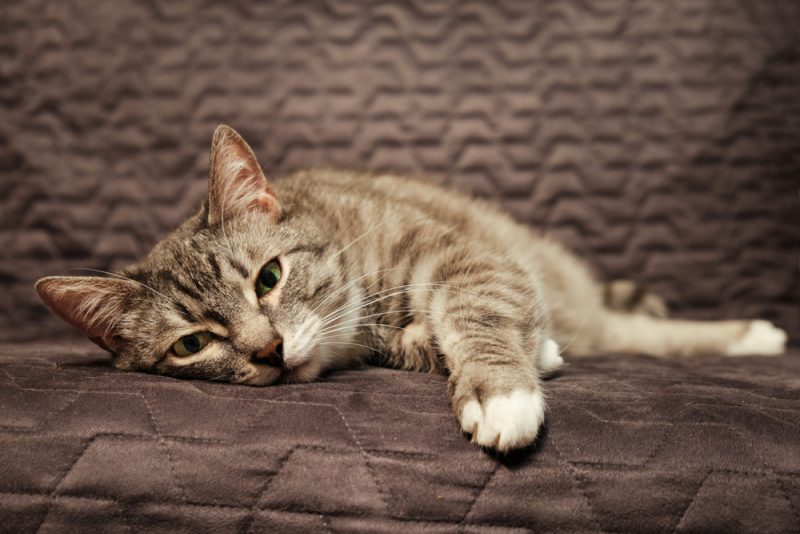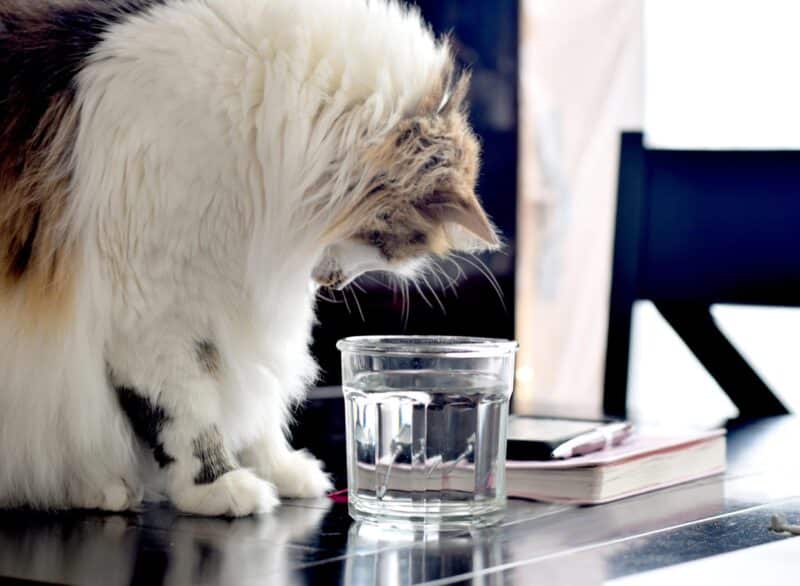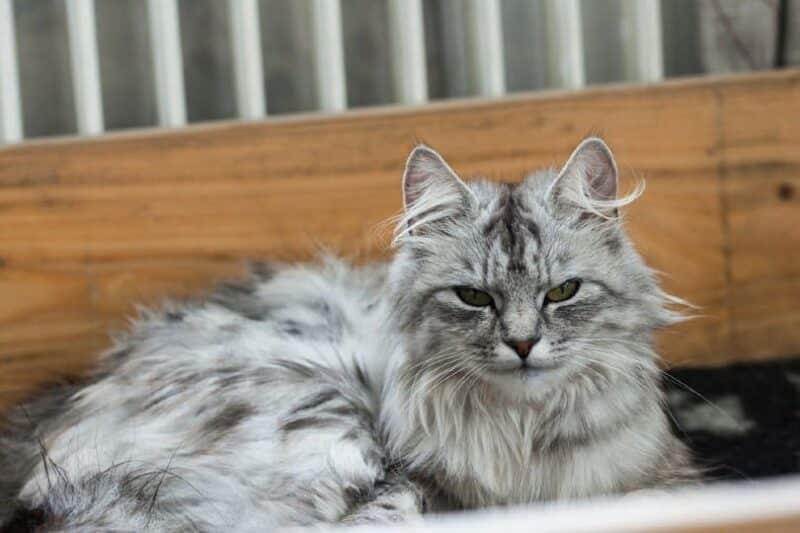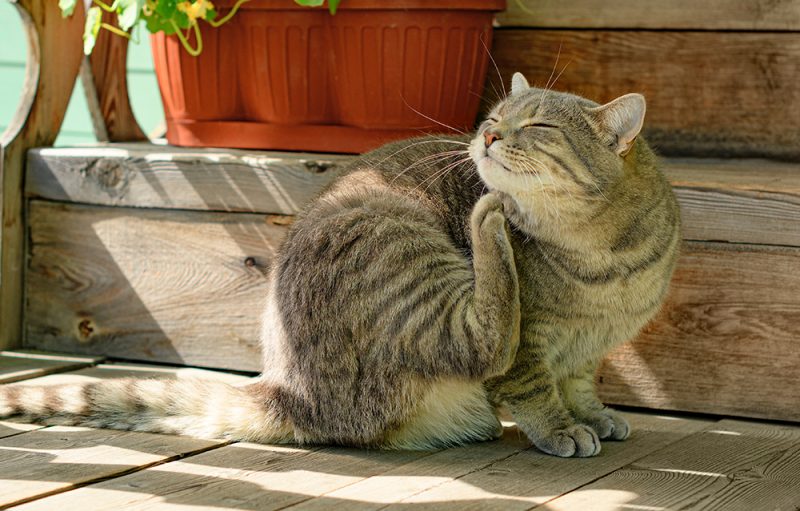In this article
View 3 More +Fleas may be small, but they can cause us and our pets big problems. They are the most common external parasite of cats and breed rapidly—with female fleas laying around 2,000 eggs in their lifetime. Once your cat brings fleas into your home, getting rid of adult fleas as well as their eggs, larvae, and pupae, can be a challenging task. It’s a good idea to contact your vet for help and advice on treatment options, to get on top of the problem as quickly as possible.
If you are wondering whether putting the cat’s bedding in your dryer can help you tackle an infestation—the answer is yes, it can! The high temperatures in a dryer can kill any fleas, eggs, and larvae in your pet’s bedding and it can be helpful as part of a combination approach to deal with these pesky parasites. Read on to find out more.

What Science Says
Relative humidity of less than 50% and temperatures above 40°C /100.4°F have been shown to kill all flea life stages 1. These can be achieved in a tumble dryer, and it’s recommended to continue for a 40-minute cycle. The average drum temperatures for tumble dryers are around 50–70°C/122–158°F depending on your model and so the temperatures reached should be sufficient to kill all fleas, eggs, and larvae.
Ideally, we would recommend washing bedding and other washable garments first as the washer’s water and detergent should drown most fleas and then the heat, desiccating conditions, and tumbling action of the dryer will kill any that have survived.
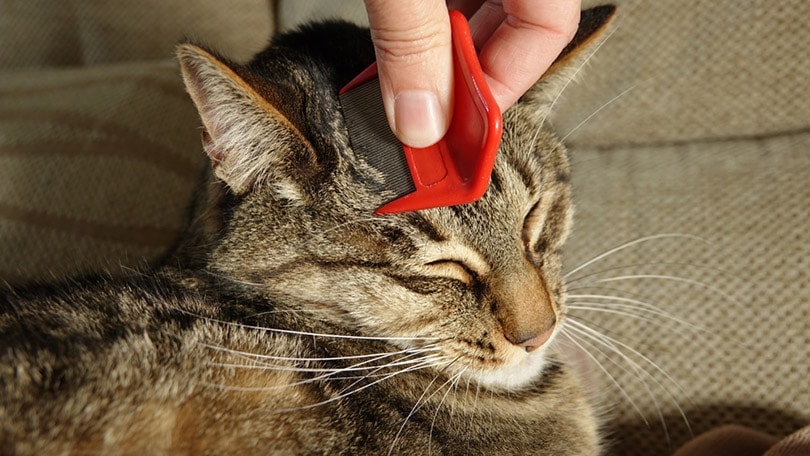
How Do I Know If My Cat Has Fleas?
Fleas are tiny dark brown insects and can be seen with the naked eye. Despite only being approximately 1/8th of an inch long, they can jump up to 8 inches high!
Cats are generally fastidious groomers, however, and during grooming often eat any fleas they come across. This can make finding adult fleas in their fur more difficult.
What you will often find instead is flea dirt, which is flea poop consisting of digested blood. These look like black specs and can easily be mistaken for normal mud and dirt. The best way to tell the difference is to collect some and put it onto damp cotton wool or white tissue paper. If they are flea dirt they will slowly dissolve, leaving a reddish blood mark.
Other signs your cat may have fleas include them itching and scratching more than normal, sometimes developing bald patches or a rash. Some cats are allergic to flea saliva and can have more of a marked reaction to flea bites.
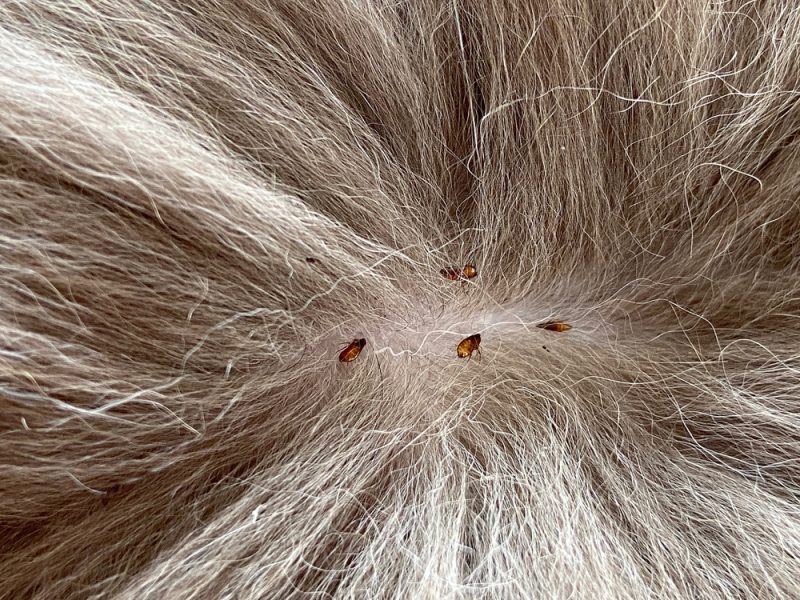

Flea Life Cycle
Targeting all stages of the complex flea life cycle is essential when dealing with these irritating parasites, as only about 5% of fleas in an infestation are adult fleas on your pet. The rest are in the environment in the immature stages, including on your cat’s bedding.
Female adult fleas will start laying eggs within a few days of taking up residence on your cat. They can lay up to 50 eggs a day which fall off your cat and into the environment. Flea larvae hatch from the eggs and are usually found in the highest amounts wherever your cat spends time—this means large amounts on their bedding. Larvae don’t like light so will burrow into bedding, carpets, and soft furnishings.
Larvae feed off flea dirt, which also falls off your cat into the environment. These larvae eventually develop into pupae which are protected in a sticky cocoon. Adult fleas then emerge from the cocoons when the conditions are right. The whole flea life cycle can take as little as 15 days, but fleas can lie in cocoons for up to 2 years!
This explains why these troublesome parasites are so difficult to get rid of and it’s important to tackle fleas on your cat but also on their bedding and in your home.
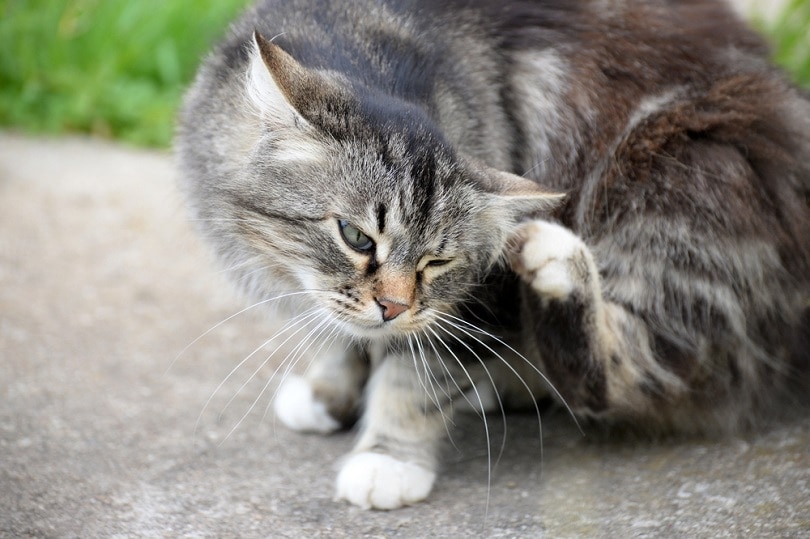

Flea Treatment and Prevention Measures
Dealing with a flea infestation usually requires a combination approach. To effectively tackle a flea infestation, seek advice from your vet and follow their treatment guidelines carefully.
- Treat and prevent fleas by regularly using a vet-prescribed flea treatment for your cat. This is commonly in the form of a spot-on topical treatment or tablet. Consult with your vet on the best treatment for your cat which will be based on their age, size, lifestyle, and any underlying health conditions. Only ever give them a flea treatment that’s licensed for cats.
- Vacuum your floors, skirting, and furniture regularly. Empty the vacuum or throw away the dust bag after vacuuming to prevent flea eggs and larvae from developing.
- Use a household flea spray, ask your vet for advice on this and always follow the guidelines carefully when using.
- Wash your cat’s bedding (or any other washable material they lie on, such as your bedding) on a hot wash and then tumble dry on a high setting.
- Fleas can also transmit tapeworms, so your cat should be dewormed at the same time as being treated for fleas.
Note of caution: Some dog flea products contain permethrin, an insecticide that is safe for dogs but highly toxic for cats.
If you need to speak with a vet but can't get to one, head over to PangoVet. It's an online service where you can talk to a vet online and get the advice you need for your pet — all at an affordable price!

Final Thoughts
Unfortunately, many cats will get fleas at some point and fleas can infest even the most spotless home. Luckily, there are many safe and effective flea treatments available to help. With 95% of a flea population living in the house, including on your cat’s bedding, getting rid of fleas in these areas is a vital part of an effective flea control program. The dryer can kill fleas, eggs, and larvae on your cat’s bedding and is a useful tool in your armory for eliminating these pesky parasites.
See Also:
Featured Image Credit: fotovictoria, Shutterstock
